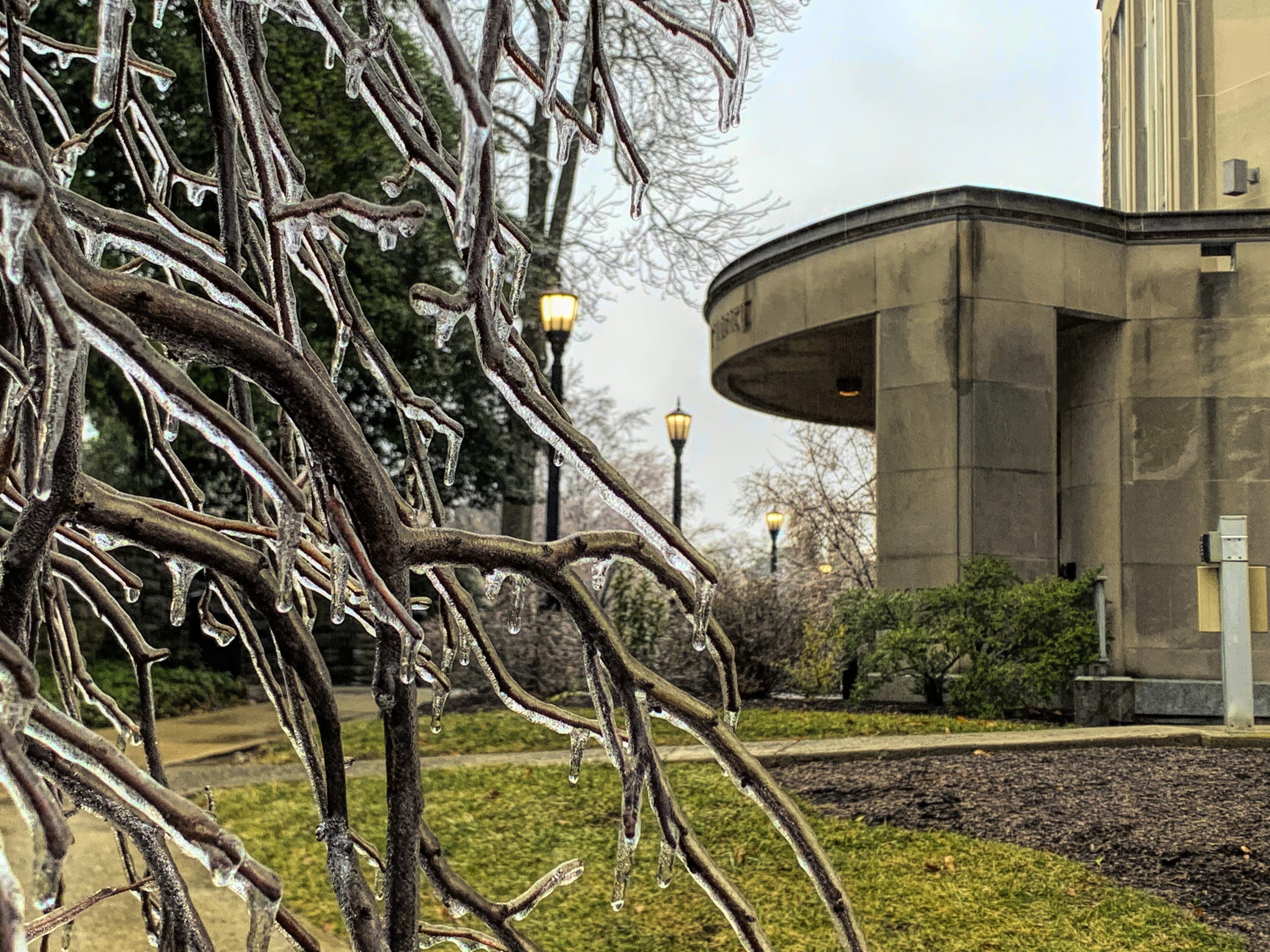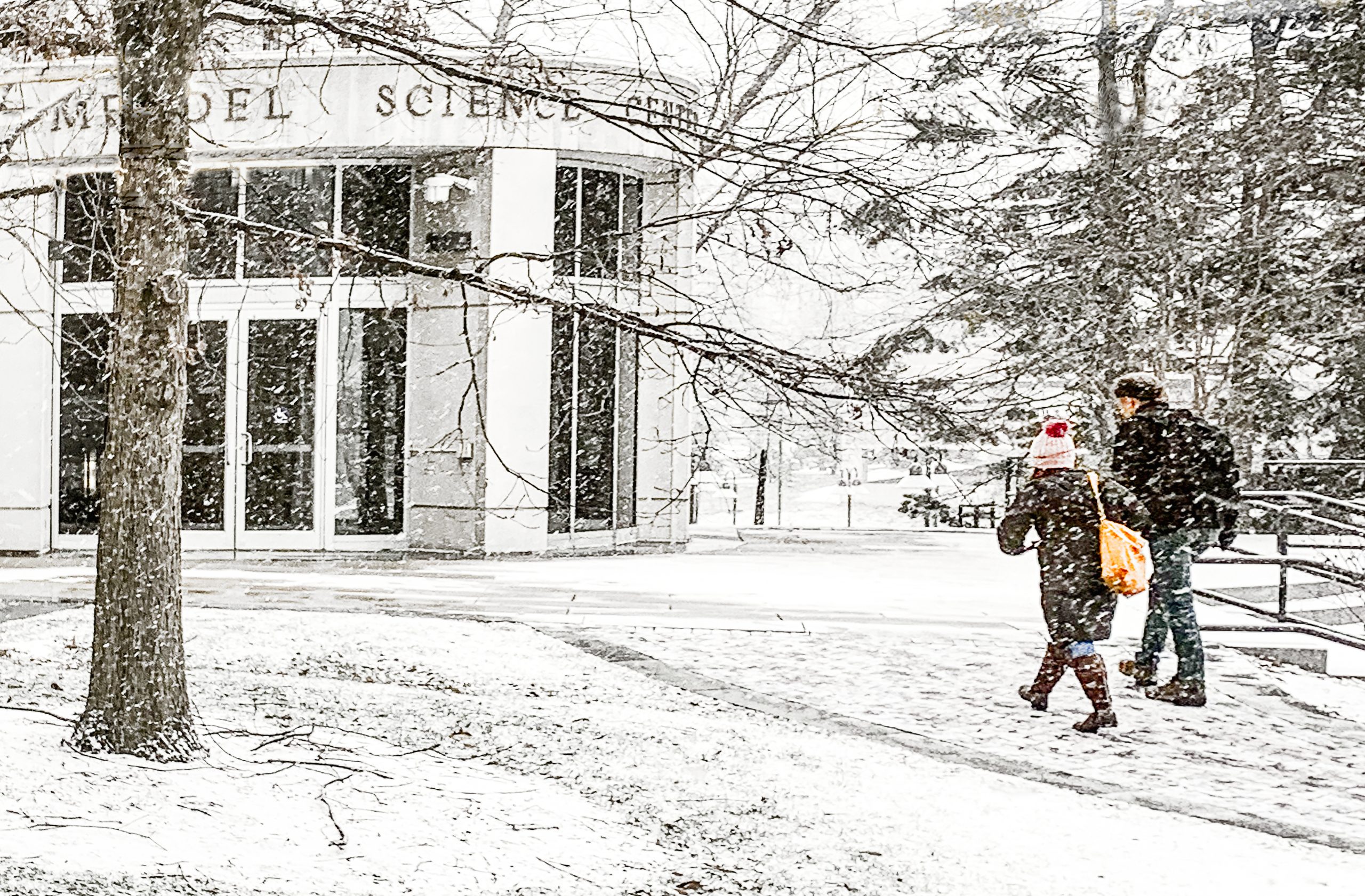Falvey Goes to Hollywood: The Breakfast Club

Famous Hollywood Hills in California, USA. Hollywood Sign. California Photo Collection.

Image modified by Joanne Quinn. Sourced from https://filmobsessive.com/film/film-features/the-criterion-collection/dont-you-forget-about-them-the-breakfast-club/. Produced by Universal Pictures.
By Joanne Quinn
This summer Falvey Library is going to the movies! Well, we’re using our beloved Library’s resources to research the coolest film scenes set in libraries. So grab a seat and a box of popcorn because the we’re going to look at when libraries go to Hollywood.
The film was a trailblazer in the teen films canon, and part of the ouerve of John Hughes, the American filmaker who produced and directed some of the most successful comedies of the 1980s and early 90s. His movies included Home Alone; Planes, Tranes and Automobiles; and mostly—his run of coming-of-age teen films which comedically depicted suburban teen life: Ferris Bueller’s Day Off, Pretty in Pink, Sixteen Candles, and the jewel in the crown: The Breakfast Club.
The plot: Five teens are sent to Saturday morning detention in the Shermer High School Library, somewhere deep in suburban Illinois. Of course, since we’re library geeks, we can’t help but notice that it’s a pretty nice looking library and a fabulous place to spend a Saturday! It’s cool, contemporary, well-lit and polished; featuring modern skylights and signage, and two tiers of open stairways with glossy wooden railings which wrap all around the second floor. These of course, are perfect to dance and teeter on as you view the lower floor’s activities, where there’s ample room between the card catalogs to hurdle over the shelves, do cartwheels, or reenact the One Step Beyond dance with your newest BFFS. But pro tip: wait until jerky, vicious detention monitor Richard Vernon (played by Paul Gleason) is busy elsewhere (most likely raiding Barry Manilow’s closet.)
But, alas. This dream library was just a movie set—albeit one reconstructed in an actual high school gym just north of Chicago. And bonus fact: according to Movie-locations.com, some of the corridor scenes where shot in Hughes’s own high school – Glenbrook North High School, in Northbrook, IL.
You’ll recall each of the students were—in their own words—archetypes: a brain, an athlete, a basket case, a princess, and a criminal; and given the assignment to write an essay on ‘who they think they are” while incarcerated in the library. It’s easy for those of us young enough to remember high school how we tended to lump classmates into stereotypical or prejudicial groups, what with adolescent angst and all; so it’s easy to understand why this film still resonates almost 40 years after its release. The beauty of this film is that it shows that spending time with people different from yourself forces you to discover your shared problems and issues, realizing that we’re all the same, after all.
The fact that this discovery of the human condition takes place in a library makes it all the more thrilling. (At least it is for us library geeks!)
So, while Falvey doesn’t have card catalogs to ravage or hurdle like the students in the Breakfast Club did, come by during quiet time. Wildcard holders can swipe in on Saturdays or anytime! Stake out a big table, bring some sushi or PB&J with the crusts cut off, and come talk about physics or properties of physics with other library lovers just like you (however demented and sad that might be.) You might be surprised at what you can learn about each other!
Dig Deeper
DID YOU KNOW….
- Ferris Bueller’s Day Off and Weird Science were also set a fictitious Shermer High School… Hughes’ meta verse, if you will.
- John Hughes made a cameo as Brian’s (the geek) dad – he is driving the car that picks him up from detention.
- Ally Sheedy (the basket case) wrote a children’s book called She Was Nice to Mice, published by Dell in 1977 when she was 14 years old.
RESOURCES ON JOHN HUGHES AND TEEN MOVIES AVAILABLE AT FALVEY OR VIA ILL
- Baughan, Nikki. “The Breakfast Club.” Sight & Sound, Winter 2022/2023, Vol. 33 Issue 1, p162-162. 1p.
- Chard, Holly. Mainstream Maverick: John Hughes and New Hollywood Cinema. University of Texas Press, 2020.
- Christie, Thomas. A. John Hughes and Eighties Cinema: Teenage Hopes and American Dreams. Crescent Moon Publishing, 2016.
- Clarke, Jaime; and Sheedy, Ally. Don’t You Forget About Me: Contemporary Writers on the Films of John Hughes. Gallery, 2007.
- Diamond, Jason. Searching for John Hughes: Or Everything I Thought I Need to Know about Life I Learned from Watching ’80s Movies. William Morrow, 2016.
- Freeman, Hadley. Life Moves Pretty Fast: The Lessons We Learned from Eighties Movies. (And Why We Don’t Learn Them from Movies Anymore). Simon & Schuster, 2016.
- Gora, Susannah. You Couldn’t Ignore Me If You Tried. Crown Archetype, 2010.
- Harvey, Tom. The Eighties: A Bitchen Time to Be a Teenager. Just Load The Wagon, 2012.
- King, James. The Ultimate History of the ’80s Teen Movie: Fast Times at Ridgemont High-Sixteen Candles-Revenge of the Nerds-The Karate Kid-The Breakfast Club-Dead Poets Society and Everything In Between. Diversion, 2019.
- Kiperman, Sarah and Kevern, Carla, et. al. “Breakfast Club Conundrum: How Adolescent Peer Norms and Ecological Factors Relate with Achievement.” Child & Youth Care Forum 52:913-934, 2023. Included because of the presumption of researchers’ understanding of the pop culture reference to “breakfast club”; the film is not mentioned until several sentences in the conclusion.
- McCarthy, Andrew. Brat: An ’80s Story. Grand Central Publishing, 2021.
- Nelson, Elissa H. The Breakfast Club: John Hughes, Hollywood, and the Golden Age of the Teen Film. Routledge, 2019.
- Shary, Timothy and Smith, Frances. Refocus: The Films of John Hughes. Edinburgh University Press, 2023.
- Smokler, Kevin. Brat Pack America: A Love Letter to ’80s Teen Movies. Rare Bird Books, 2016.
Joanne Quinn is Director of Communication and Marketing at Falvey Library, and relates most to Brian from The Breakfast Club.












